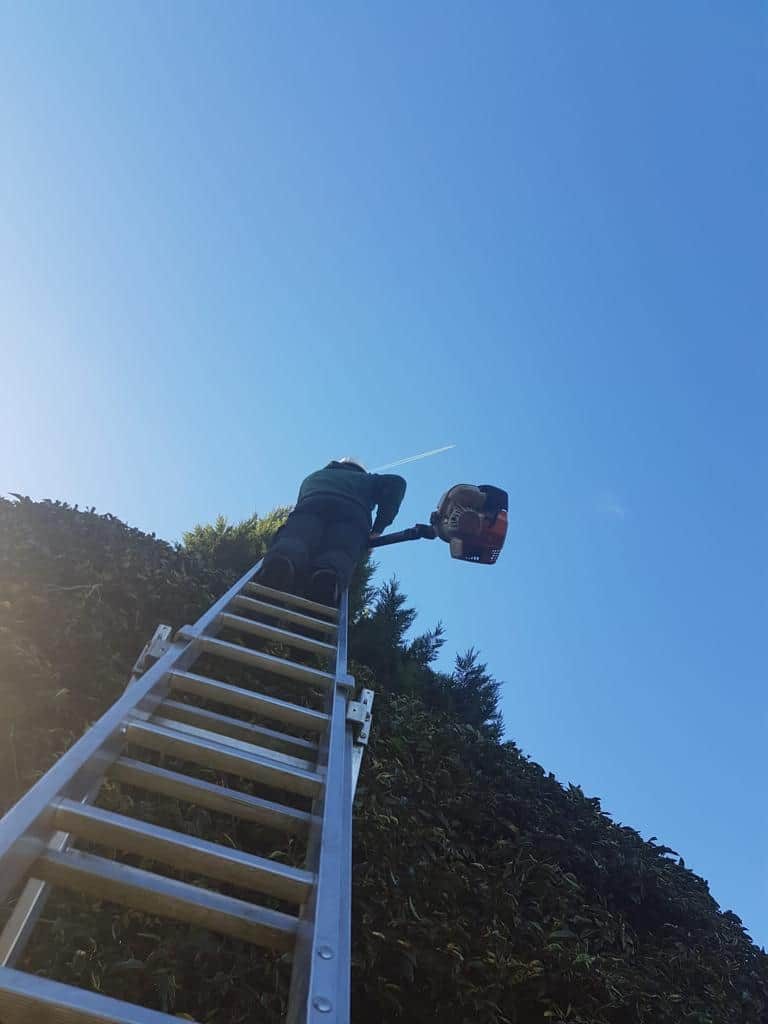Trees are often cherished for their beauty and the shade they provide, enhancing the aesthetic appeal of gardens and landscapes. However, they can also become liabilities when their growth poses risks to property, people, and infrastructure. At NS Tree Surgery Ashtead, we believe that proactive tree management is essential to minimise potential hazards associated with risky growth. In this blog post, we will discuss the signs that indicate a tree may be a liability and provide strategies for managing these risks effectively.
1. Recognising the Signs of Risky Tree Growth
Understanding when a tree poses a risk begins with recognising warning signs that indicate potential problems:
a. Leaning Trees
- Assessing Stability: A tree that leans significantly, especially if it has developed this tilt suddenly, may indicate instability. Leaning can result from root damage, soil erosion, or structural weakness.
b. Cracked or Damaged Bark
- Signs of Disease or Injury: Cracks, splits, or exposed wood can signal internal decay or disease. Trees with compromised bark are more susceptible to pests and environmental stressors.
c. Excessive Weight in Branches
- Overcrowded Canopy: Trees with dense canopies may experience excessive weight in their branches, leading to breakage. Look for branches that sag significantly or show signs of stress.
d. Root Problems
- Exposed Roots or Heaving Soil: Roots that are visibly damaged, exposed, or causing the soil to heave can indicate underlying issues that may affect the tree’s stability.
2. The Importance of Regular Tree Inspections
Regular tree inspections are crucial for identifying and managing risks:
a. Professional Assessments
- Hiring an Arborist: Engaging a qualified arborist to conduct thorough inspections can help you understand the health and stability of your trees. They can identify potential hazards and recommend appropriate actions.
b. Seasonal Check-Ups
- Inspecting Before Storms: Regular inspections before seasonal changes or storms can help identify trees at risk of damage. This proactive approach allows you to take preventative measures.
3. Mitigating Risks Through Maintenance
Once you’ve identified potentially risky trees, there are several ways to mitigate these risks:
a. Pruning and Thinning
- Reducing Overweight Branches: Regular pruning can help reduce the weight of overcrowded branches, improve air circulation, and encourage healthy growth. Thinning the canopy can also help reduce wind resistance, lowering the risk of branch failure during storms.
b. Cabling and Bracing
- Supporting Weak Structures: For trees that exhibit signs of weakness but are otherwise healthy, cabling and bracing can provide support and stability, helping to prevent breakage and damage.
c. Removal of Hazardous Trees
- When to Remove: If a tree poses a significant risk to property or safety, it may be necessary to remove it entirely. This is especially important for trees that are severely diseased or structurally compromised.
4. Engaging Professional Tree Surgeons
While some homeowners may attempt to manage tree risks independently, enlisting the help of professional tree surgeons is highly recommended:
a. Expertise in Tree Management
- Trained Professionals: Experienced tree surgeons have the knowledge and skills to assess tree health accurately, perform necessary maintenance, and safely handle tree removal when required.
b. Safety Considerations
- Minimising Risk: Tree work can be hazardous, especially with large trees or those located near structures. Professionals are equipped with the right tools and training to perform work safely and effectively.
Conclusion
Managing the risks associated with tree growth is essential for the safety and integrity of your property. By recognising the signs of risky growth, conducting regular inspections, and engaging professional tree surgeons, you can take proactive measures to ensure your trees remain a beautiful asset rather than a liability.
Call us on: 01372 679 991
Click here to find out more about NS Tree Surgery Ashtead
Click here to complete our contact form and see how we can help with your tree’s needs.

